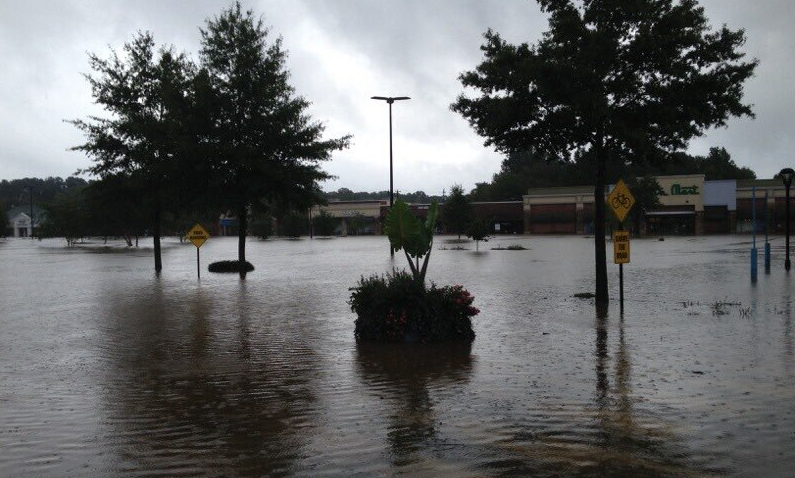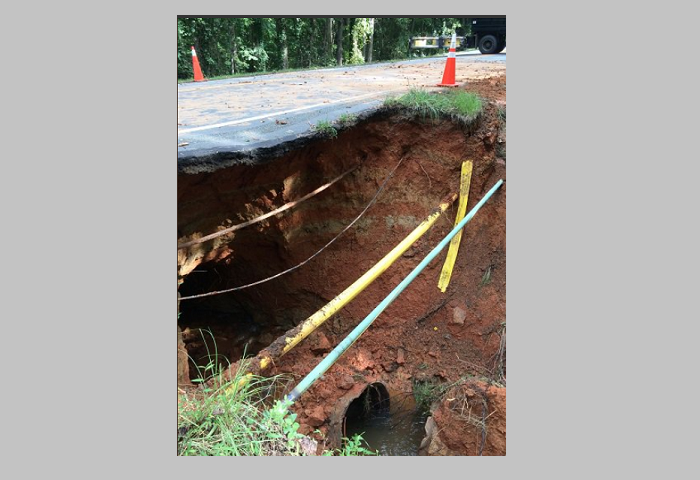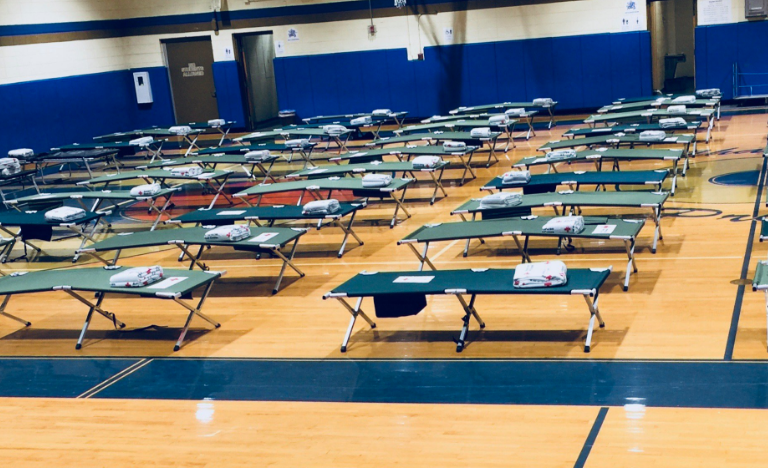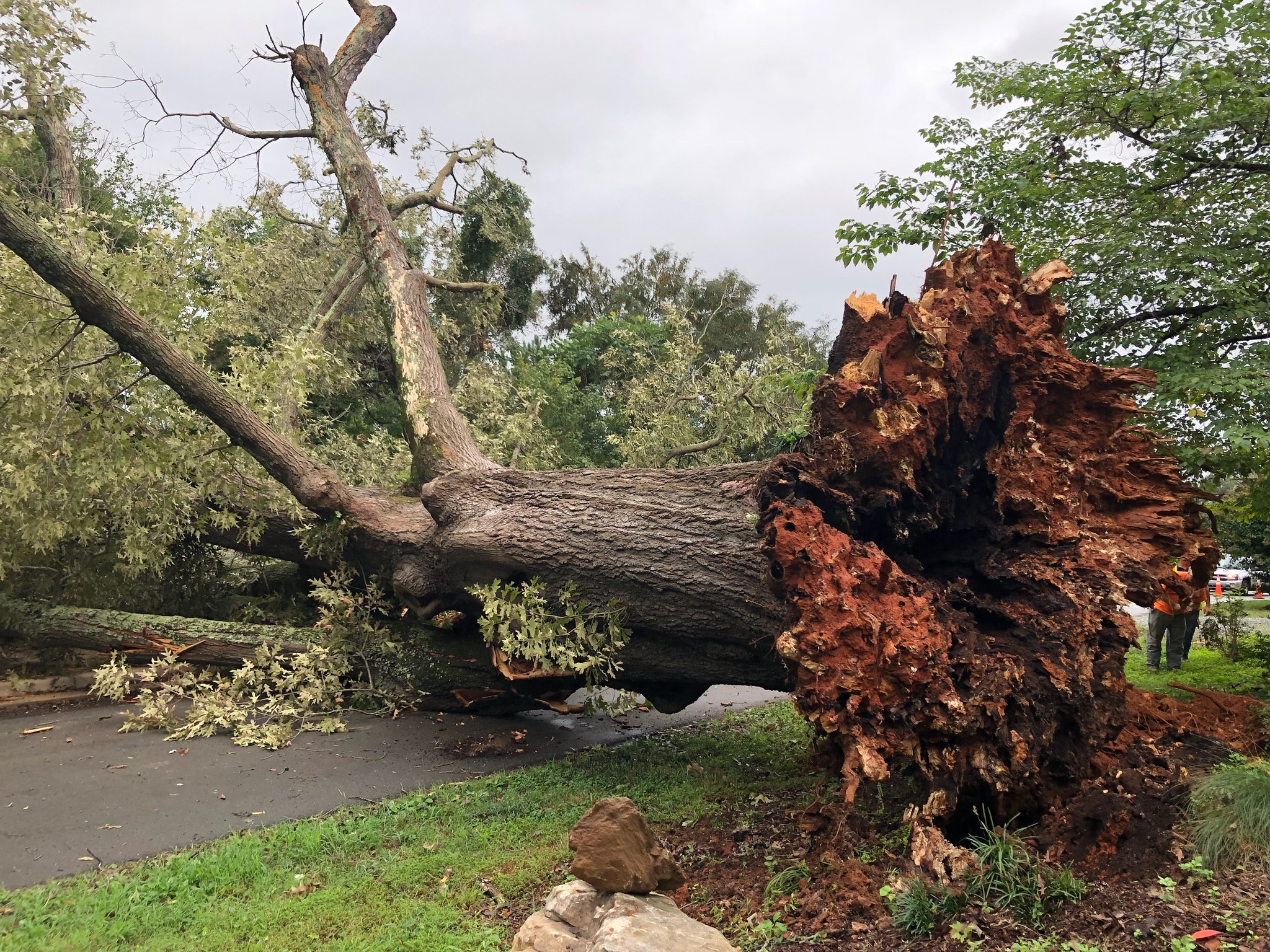Orange County emergency officials are in “full preparedness mode” leading up to the expected impact from Hurricane Florence.
The Category 4 storm is approaching North Carolina’s coast and is expected to make landfall later this week with impacts lingering throughout the weekend.
While emergency officials locally take all threats seriously, this storm is drawing extra attention, according to Orange County Emergency Services emergency management coordinator Kirby Saunders.
“It’s been quite a long time since we’ve had this large of a storm bearing down on Orange County that can bring this much impact as this storm may be packing,” Saunders said.
North Carolina saw significant damage from hurricanes in the past, including Fran and Floyd in the 1990s and Hurricane Matthew in 2016. But modern records show a hurricane has not hit the Tar Heel State as a Category 4 since Hurricane Hazel the 1950s.
Saunders said it is too early to know the exact impact of the storm on Orange County.
“We know we’re going to have some impact,” he said. “We hope that that will be minimal, but we prepare as if it is going to be significant. Obviously, our main threat is going to be from torrential rainfall that is coming with this storm.”
That expected rainfall is exacerbated, Saunders said, by the amount of rain the area has already received this summer.
“With the ground that is already saturated in our community, any additional rainfall and wind could make matters worse,” Saunders said. “We are preparing for power outages, downed trees and power lines as well as potentially very dangerous flooding.”
While the hurricane is approaching, Saunders and state emergency officials have been encouraging residents to take steps to prepare now. That includes having an emergency kit to sustain several days without power.
“That should contain the basics that we would need to survive for three days on our own,” Saunders said. “Food, water, extra medications that are critically important. Also, if there are pets in the house, food and water for them as well.”
Saunders also warned against using alternative heating methods, including gas grills, inside homes in the aftermath of the storm.
Residents in flood-prone areas should also make plans ahead of the storm’s arrival to possibly stay at an alternate location throughout the duration of the storm.
“We have all of our shelter resources at stand-by,” Saunders said. “We are evaluating the need to open shelters pre-storm.”
He added that the immediate aftermath of a storm as severe as Florence is “probably the most dangerous timeframe.”
Residents can sign up for emergency notifications directly from the county or state.
Photo via National Weather Service








